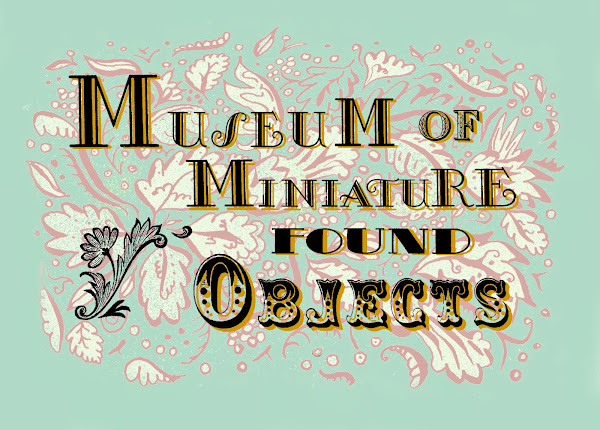
Continuing from last week, here are the clasped hands I referred to. It's the detail I like on this particular funerary monument, that one hand is clearly a woman's, with the decoration on her cuff and her bracelet with its locket. And I like the care with which the ribbons have been carved. These hands don't look anonymous — the stonemason has given them lives of their own.





